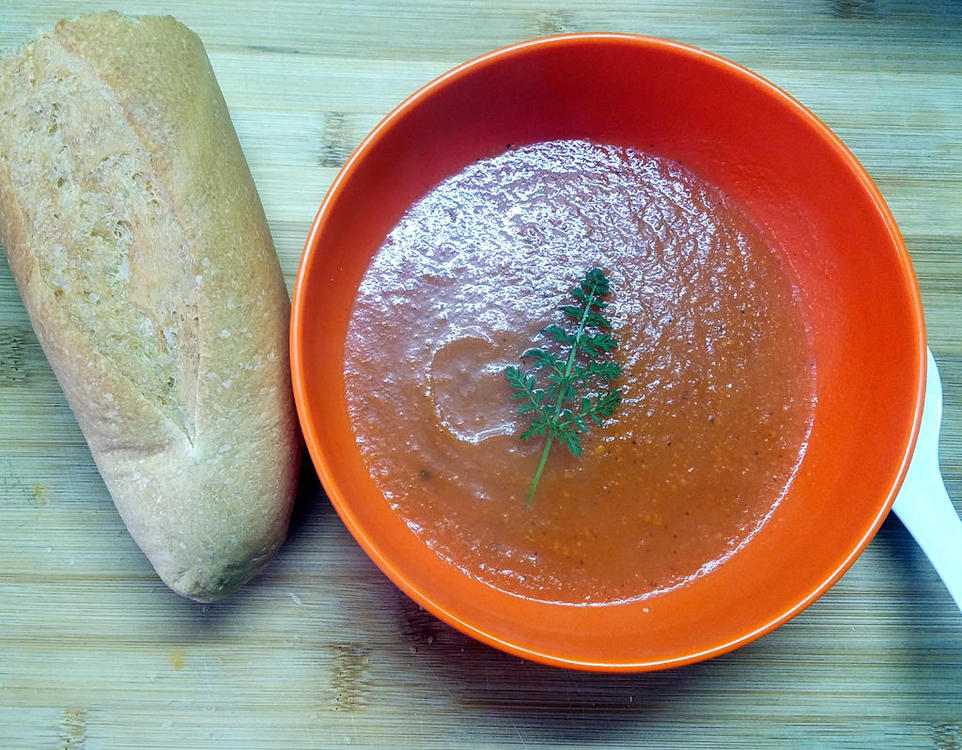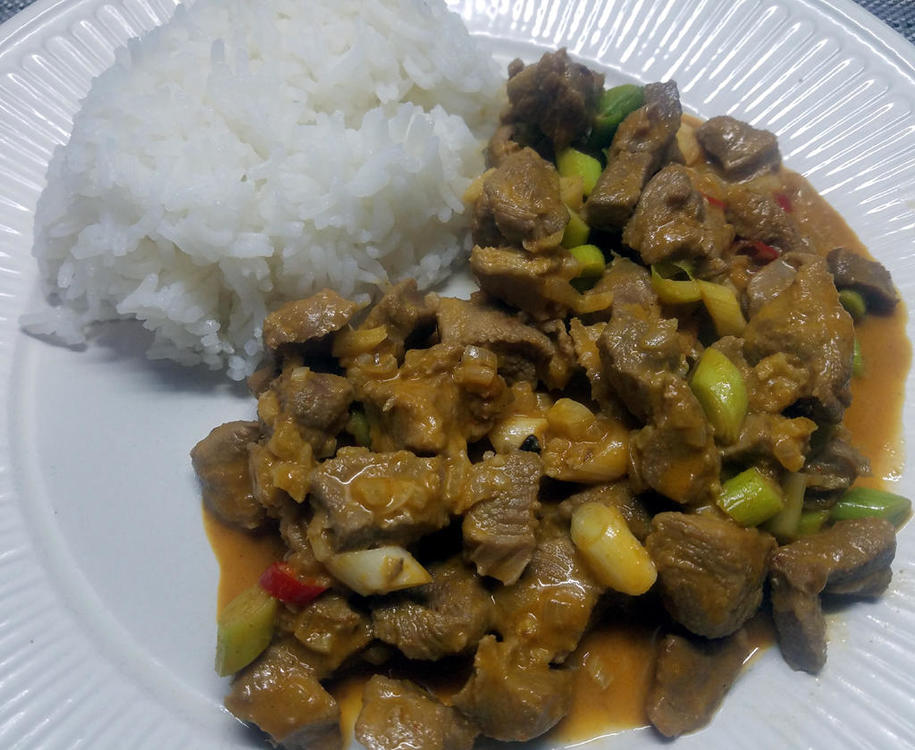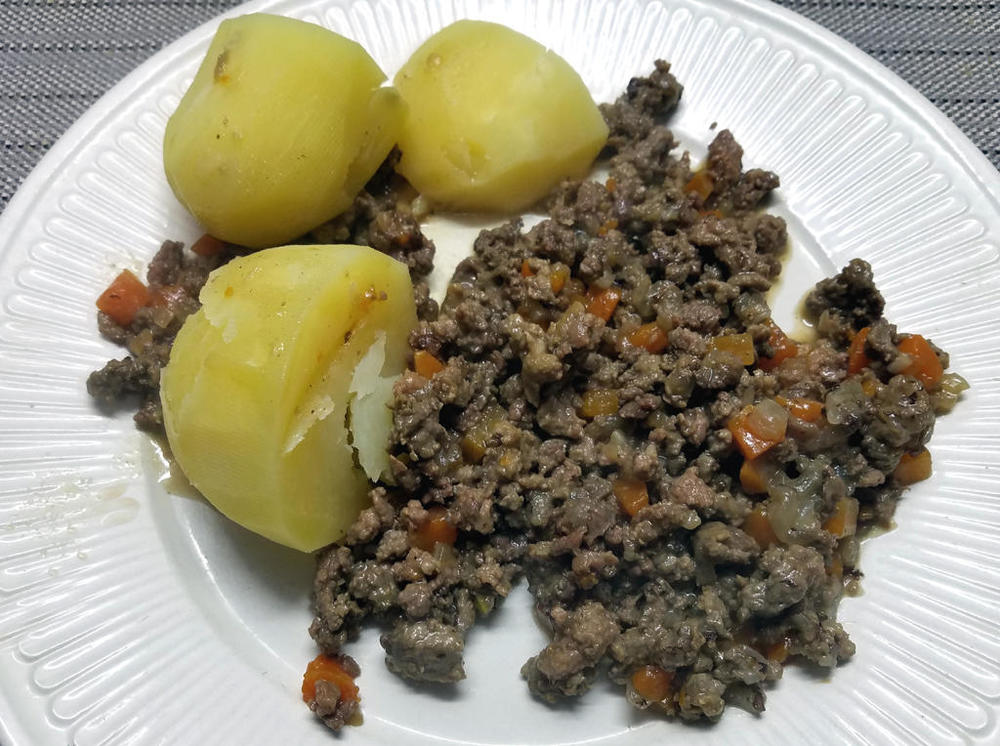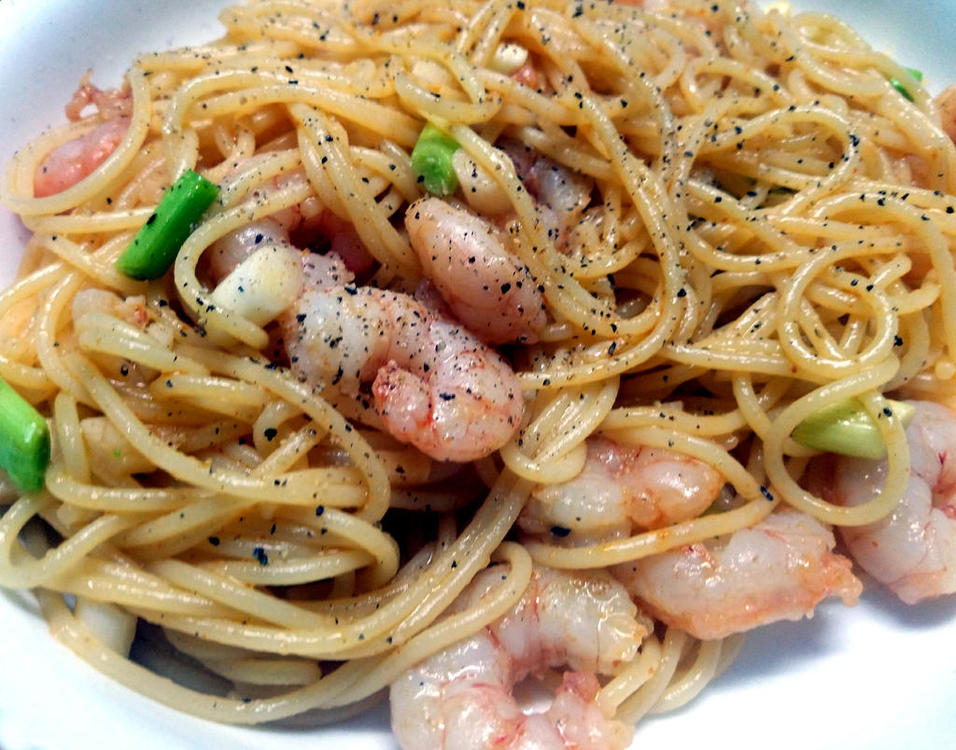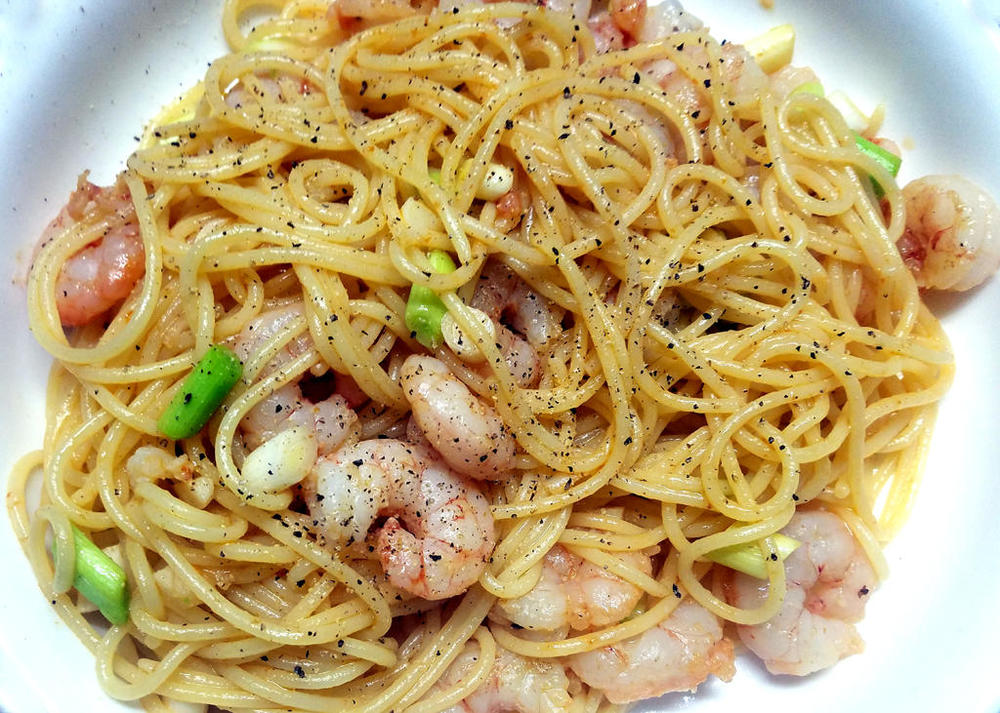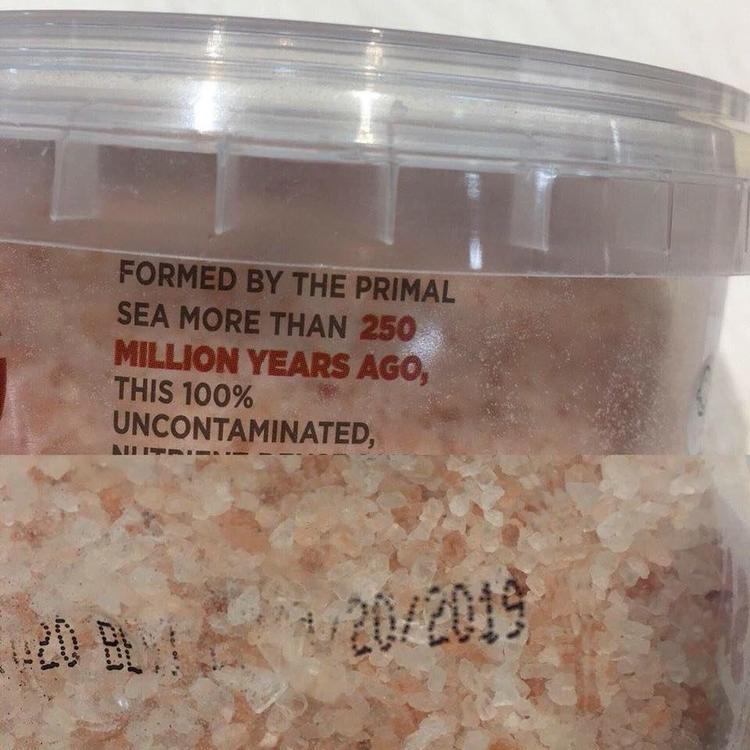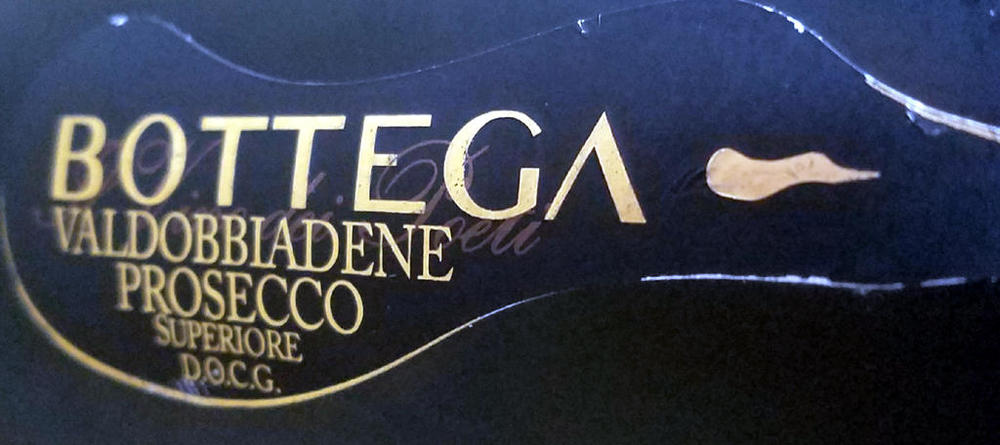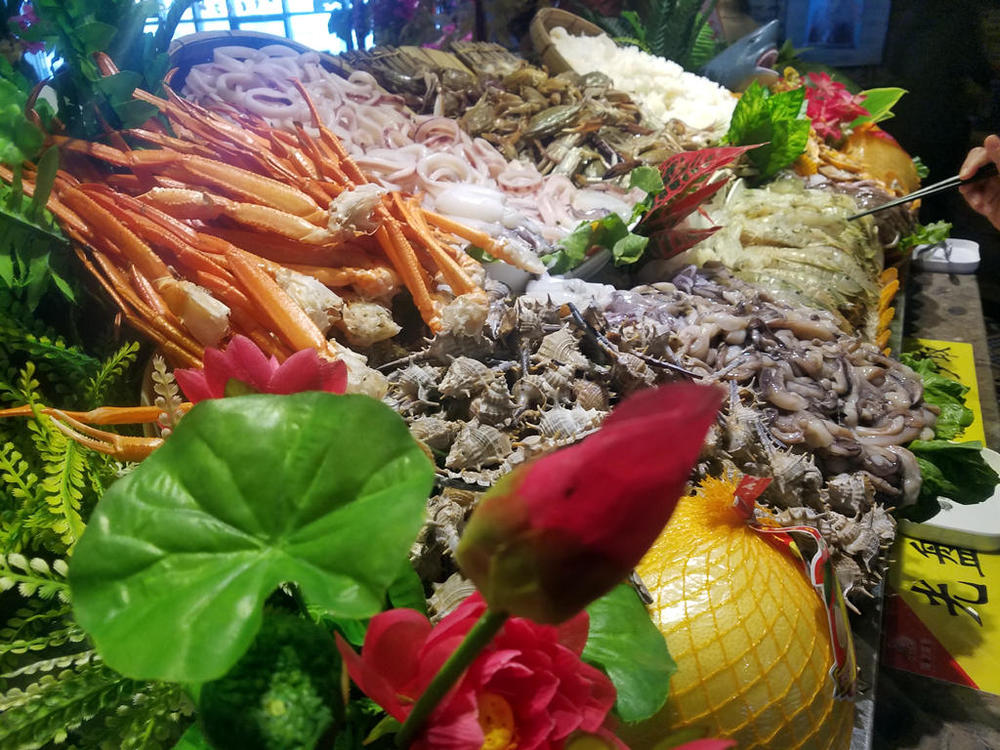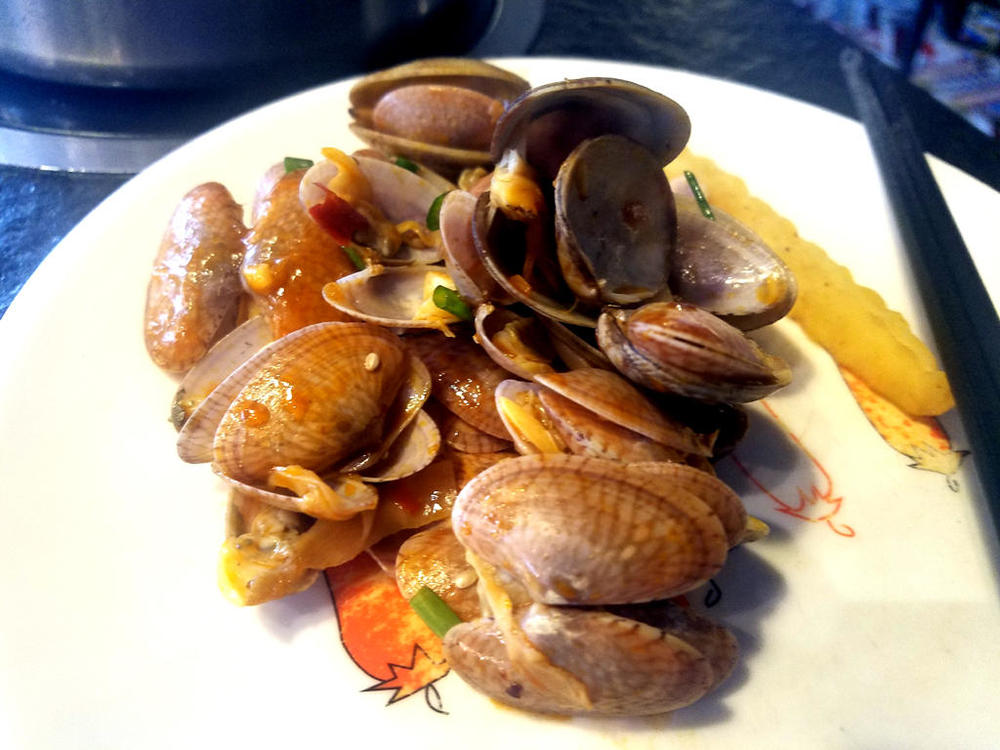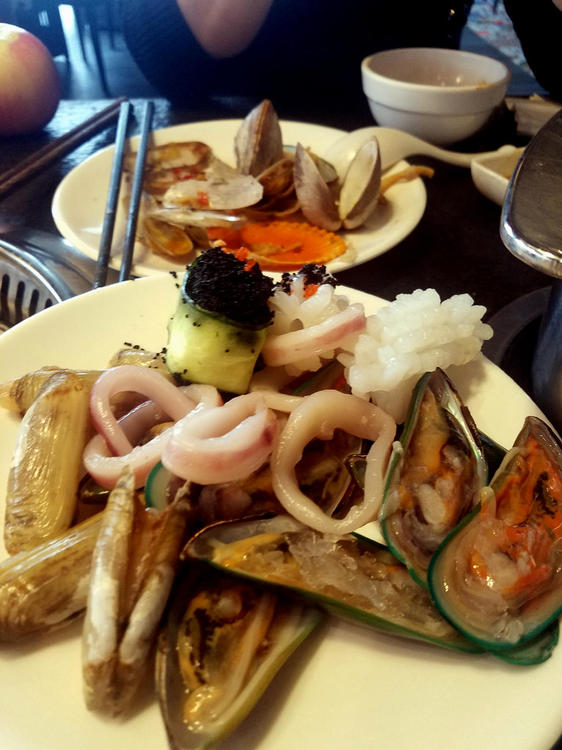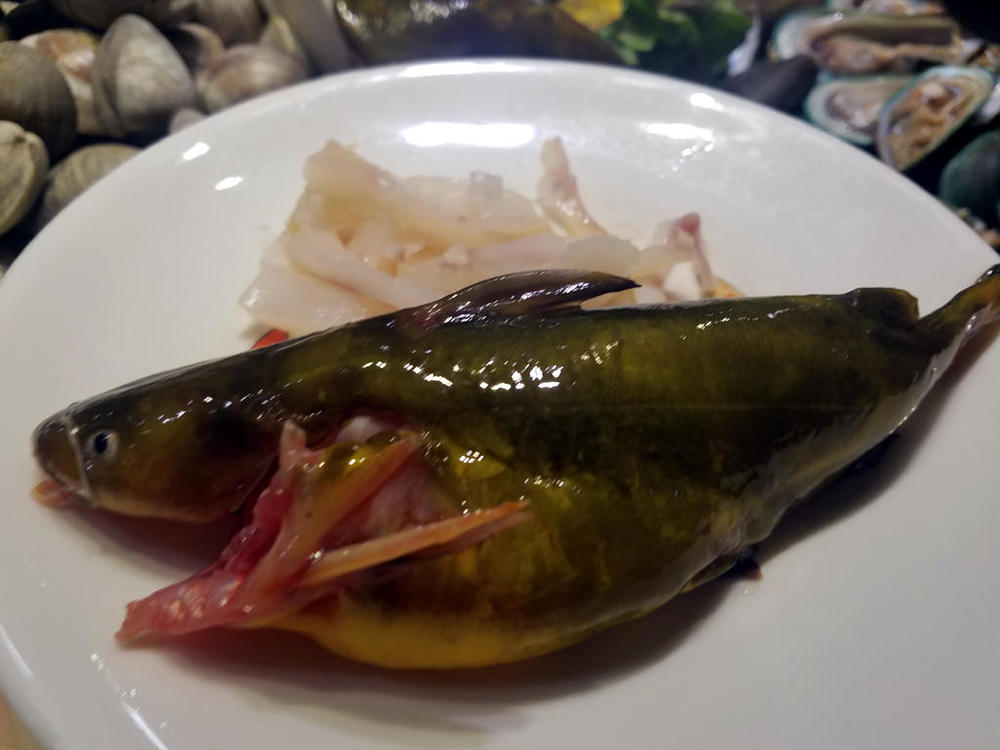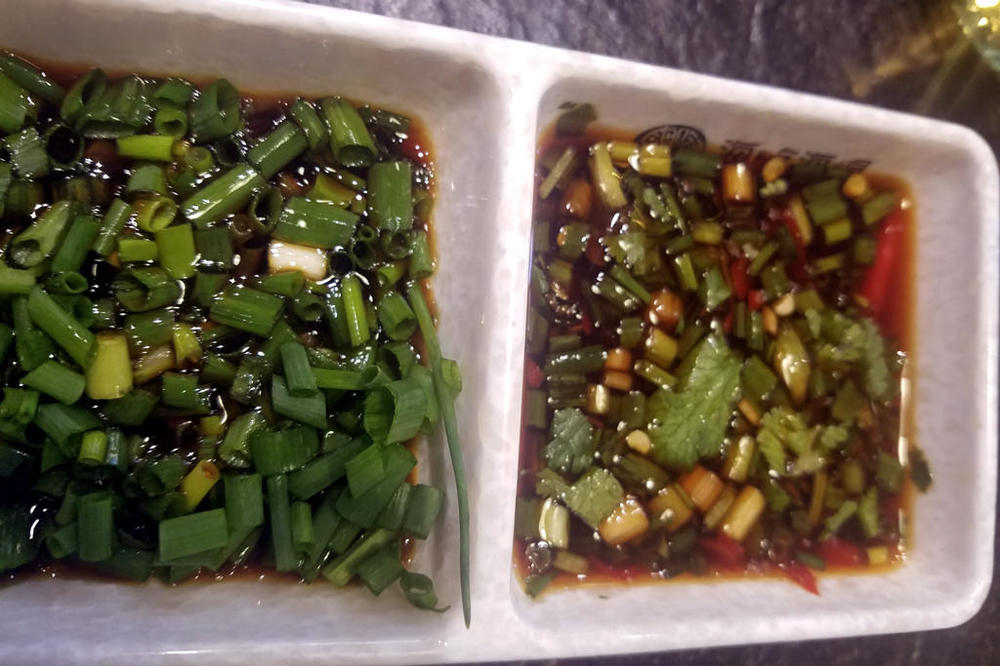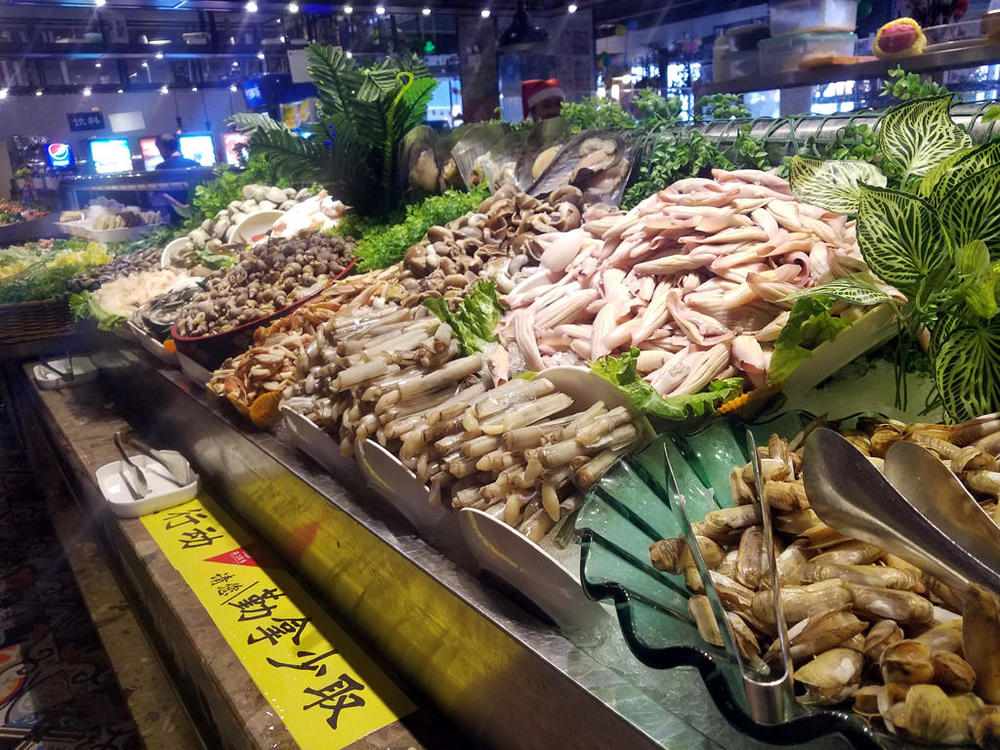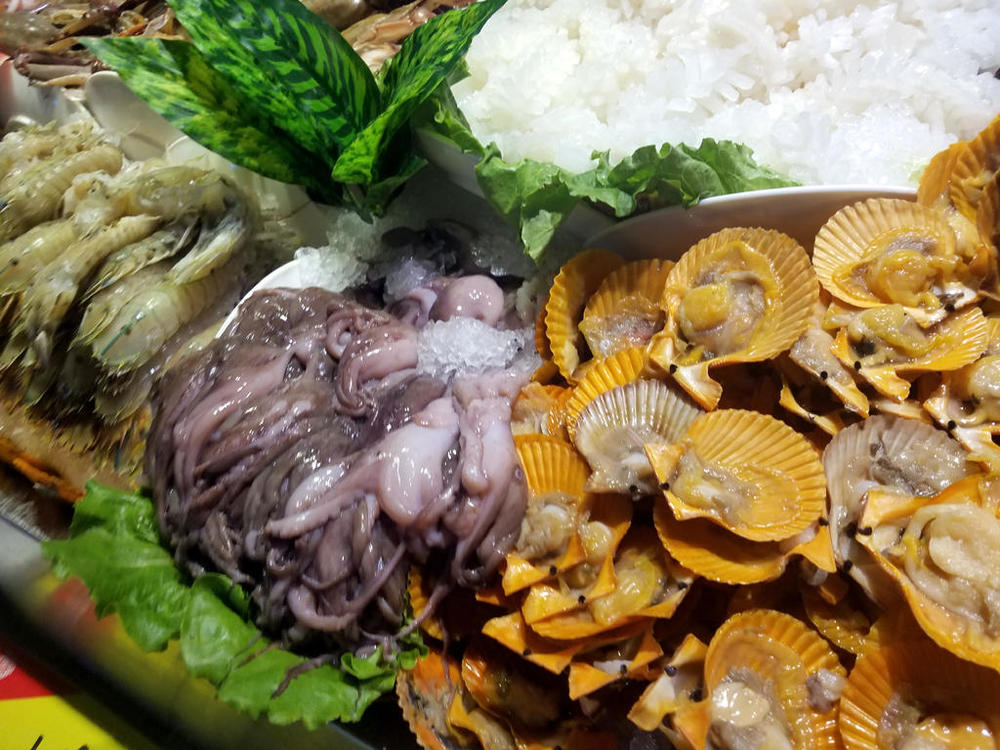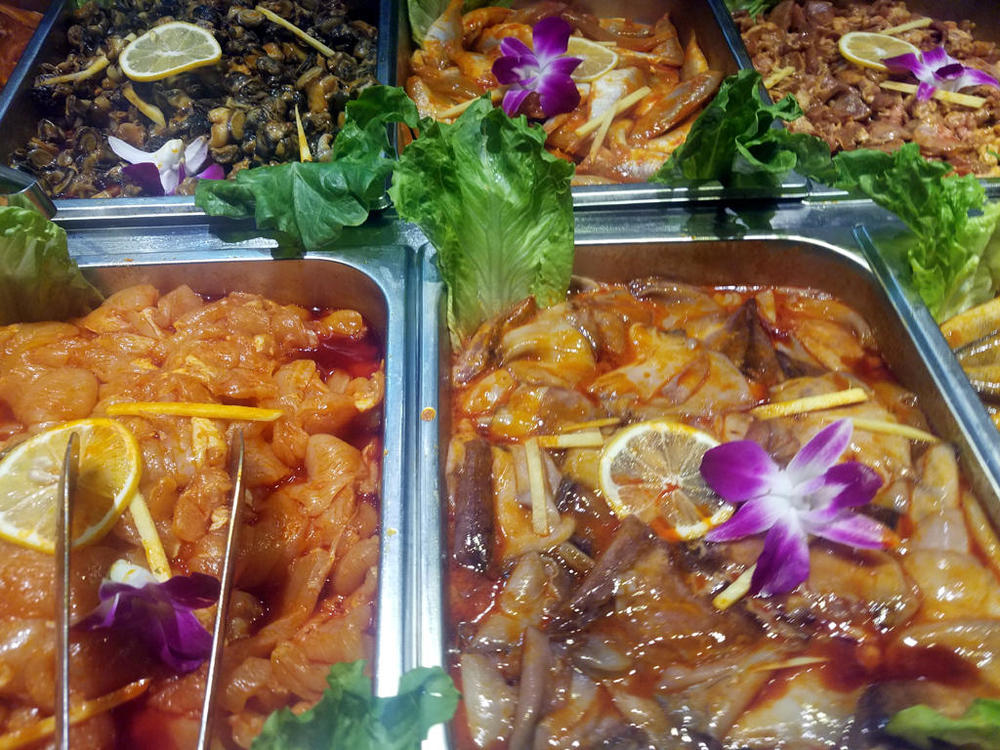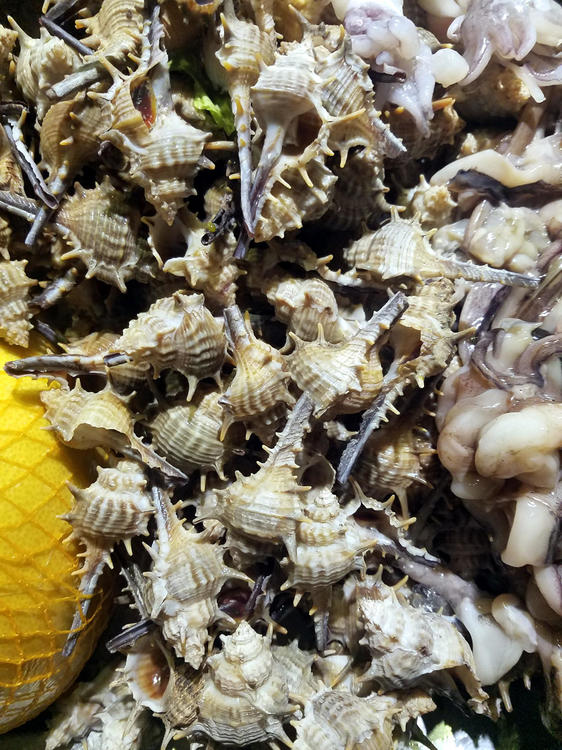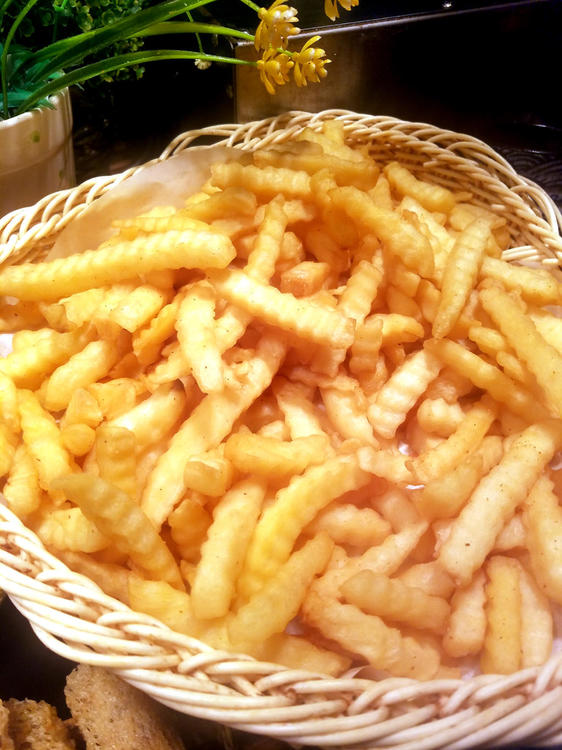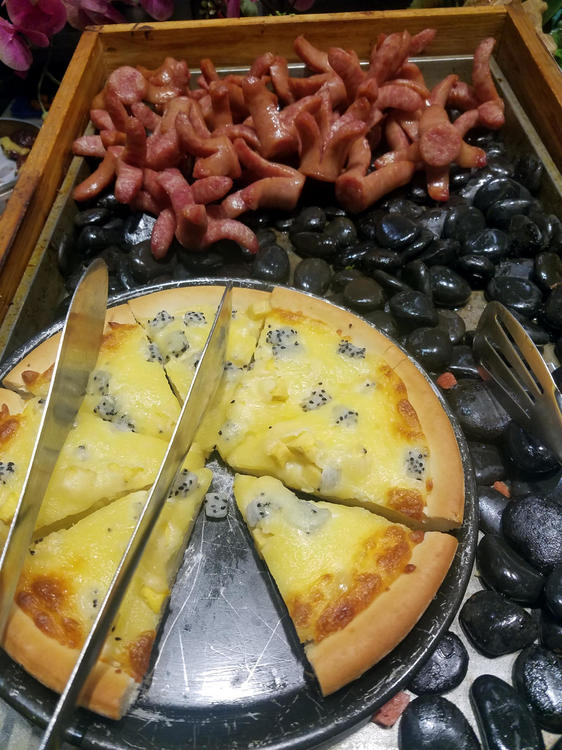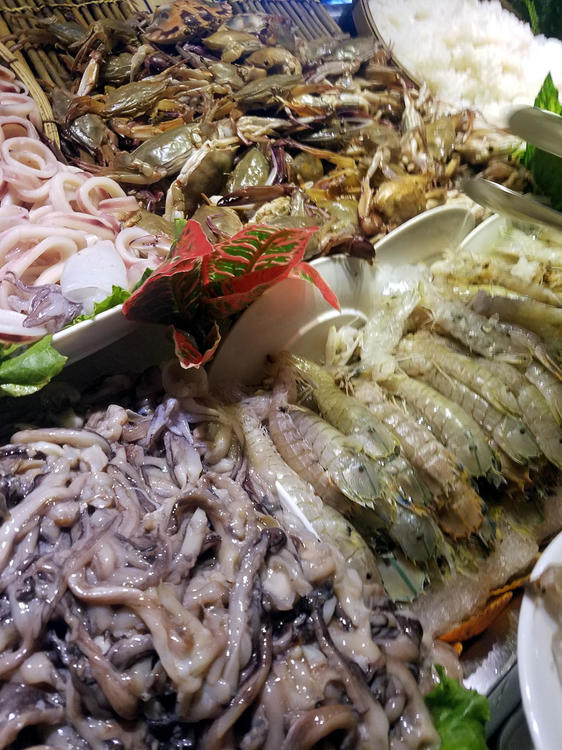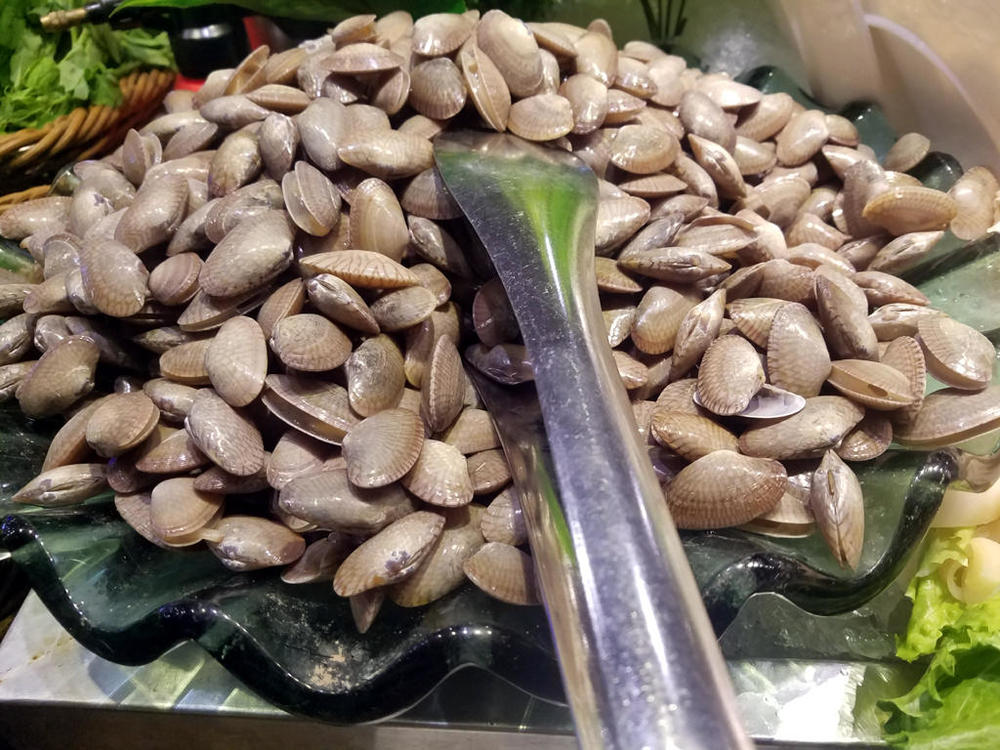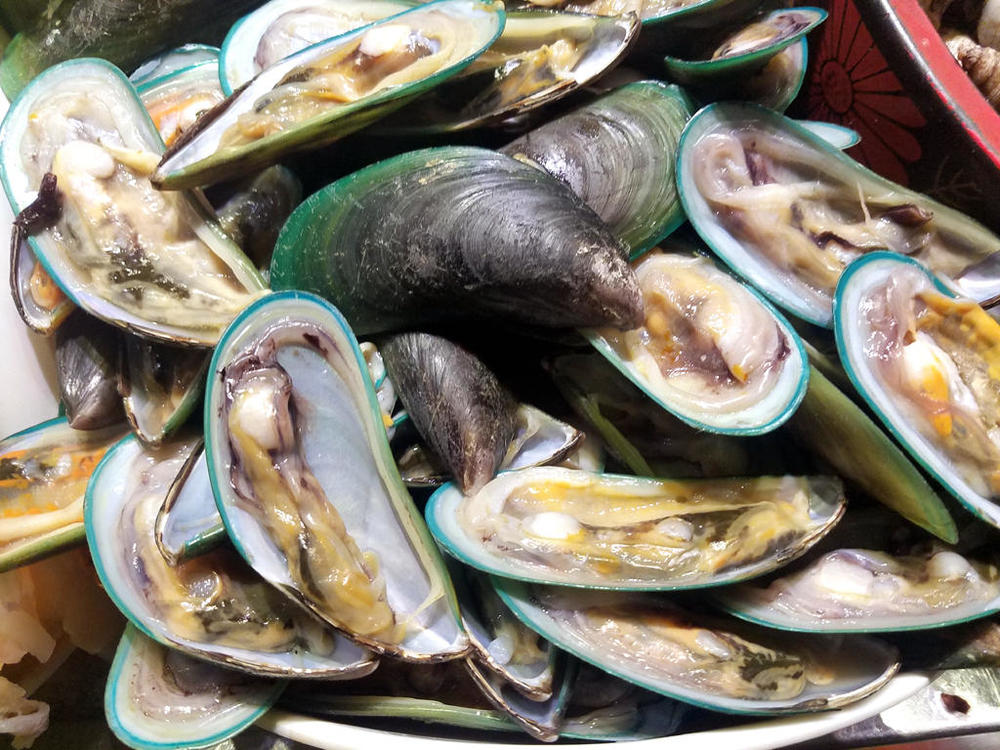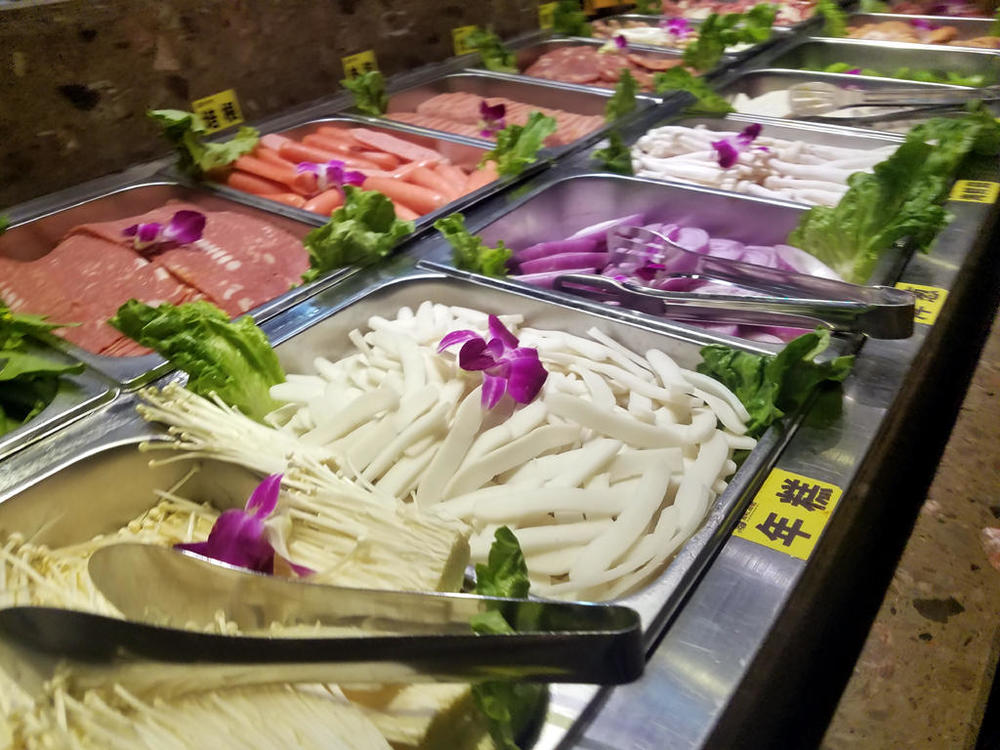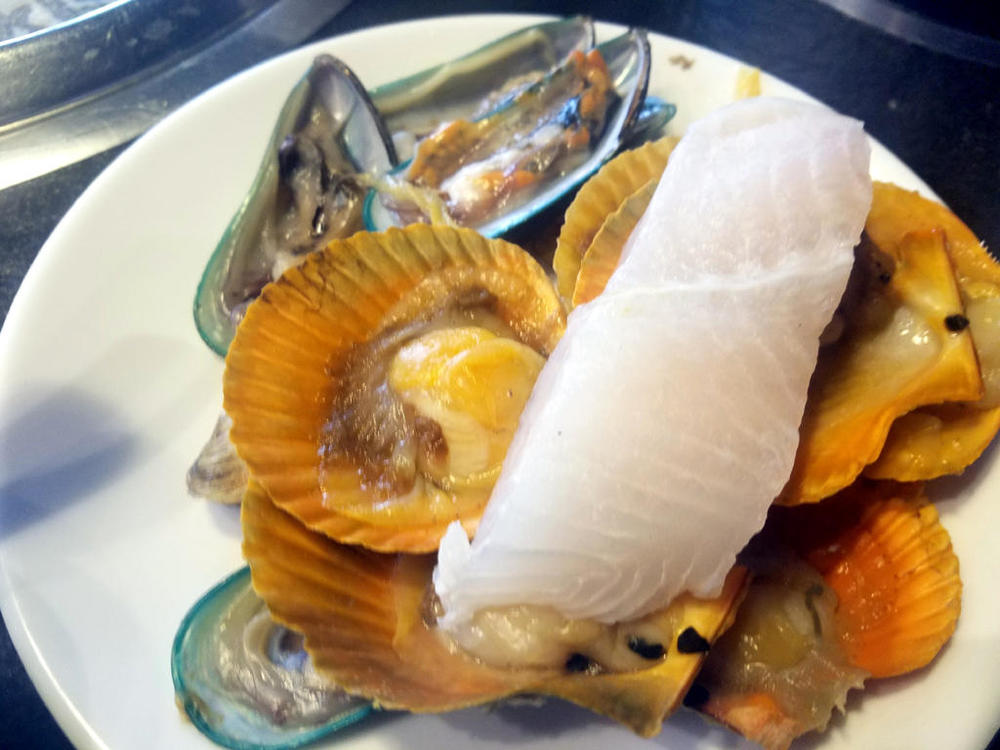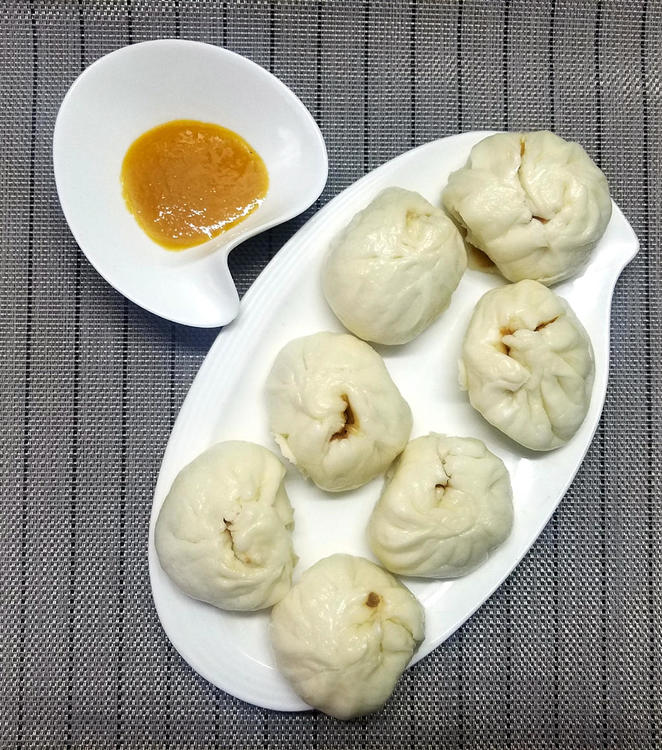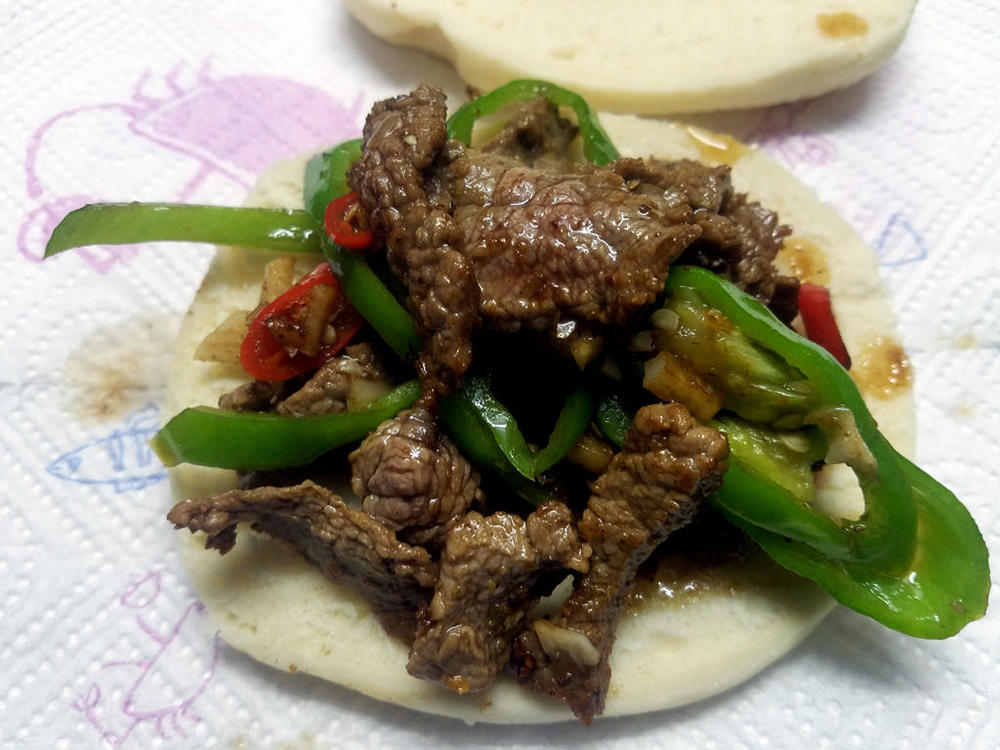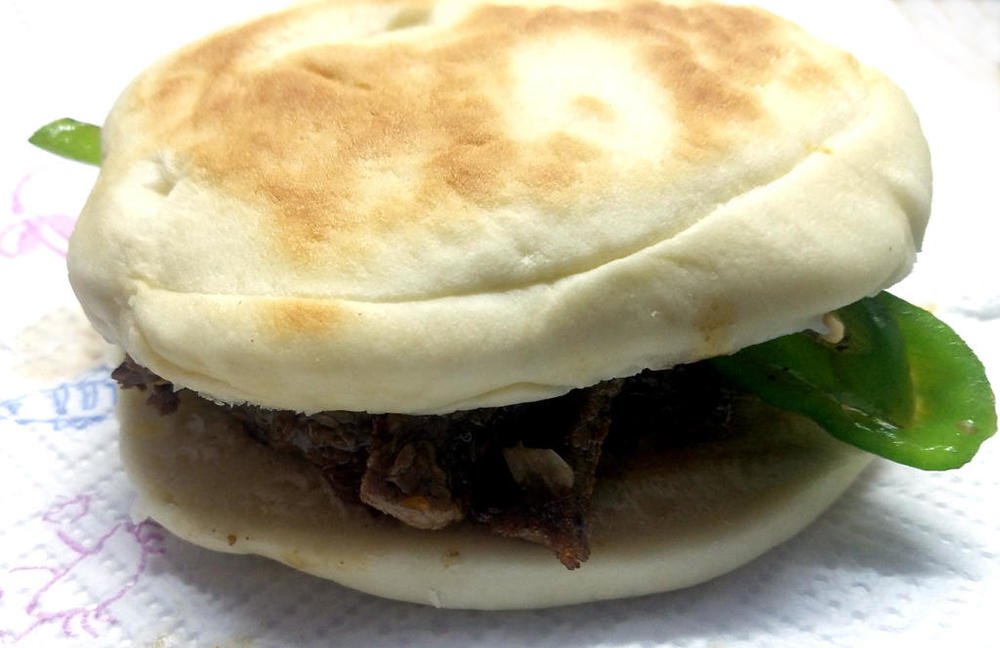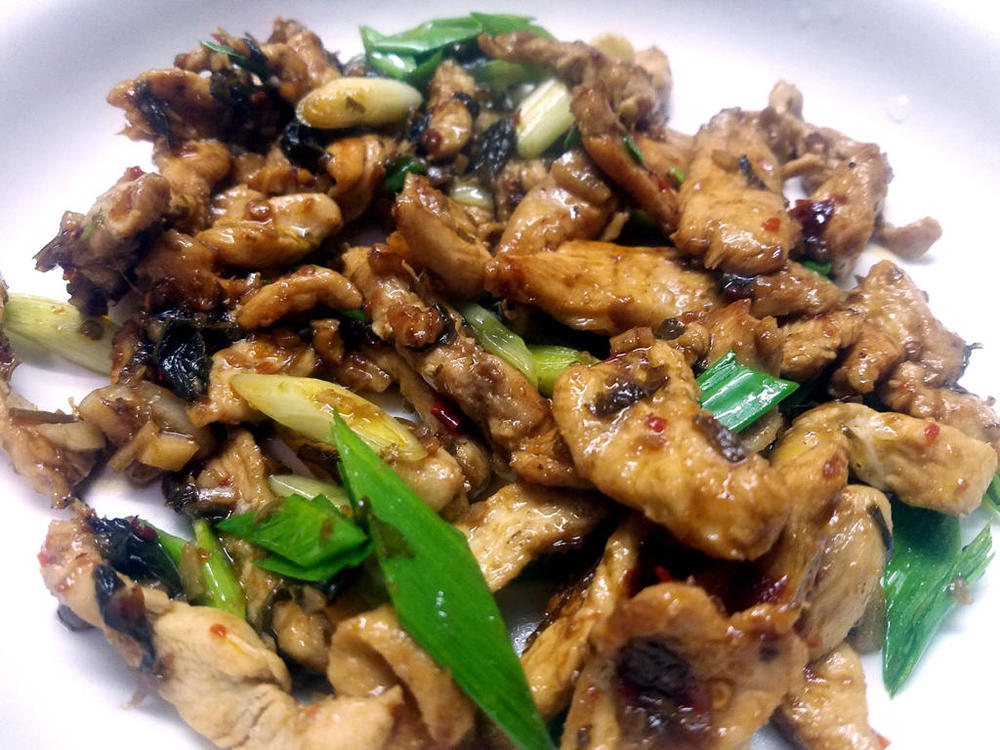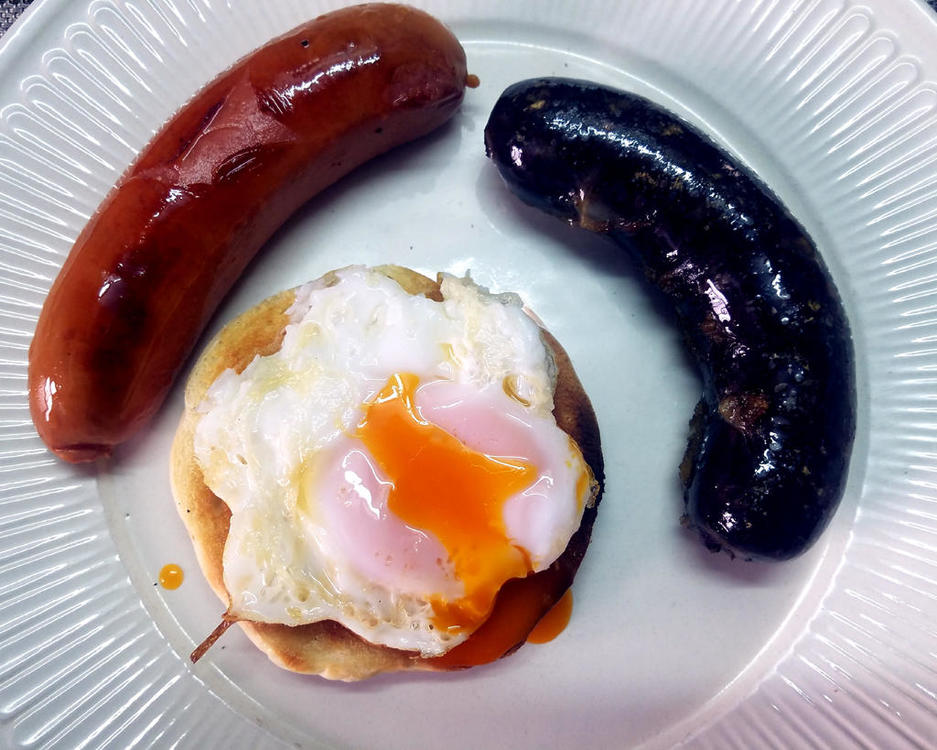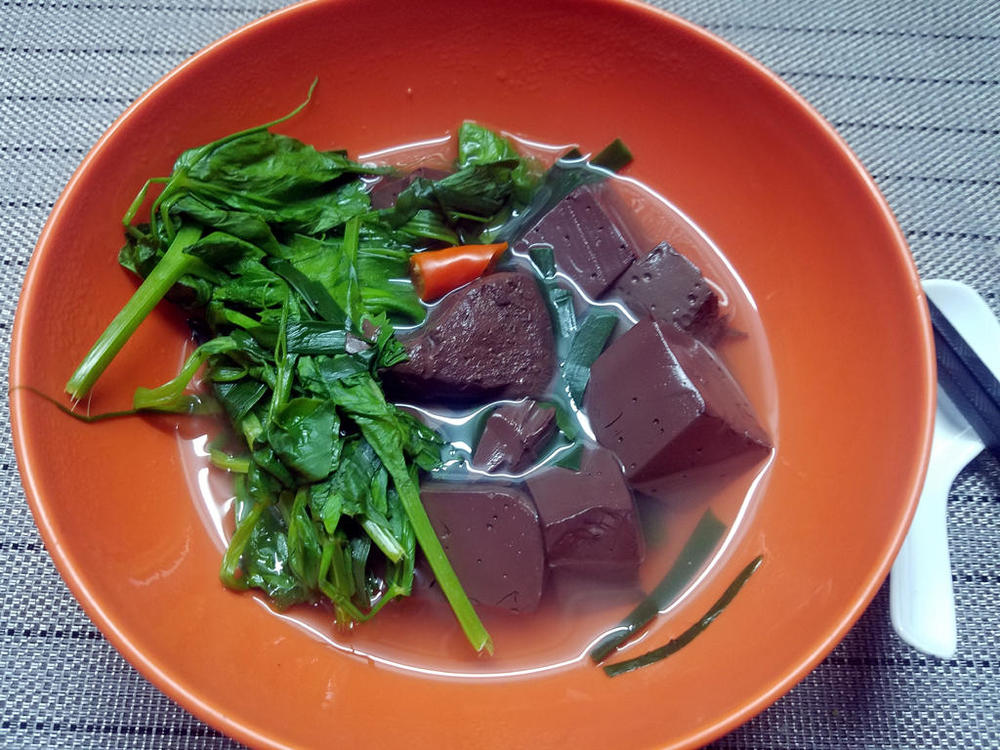-
Posts
16,667 -
Joined
-
Last visited
Content Type
Profiles
Forums
Store
Help Articles
Everything posted by liuzhou
-
I have held back from commenting here, because I just don't understand what is happening. After 23 years years living in a country that perhaps knows a thing or two about woks and stir frying, I've never seen a stainless steel example. Perhaps, for good reason. They have stainless steel, but not for woks. And "I'm having a stir-fry for dinner" makes as much sense in Chinese as "I'm having a cooking for dinner".
-
- 914 replies
-
- 11
-

-
Still can here. In fact, they are very popular. Not only in winter, but all year round.
-
Yes. It is now 0ºC. This is only the second time in 23 years I've seen it this low. I'm having to remember cold weather foods!
-
I'd never seen skinless here before, yet they were proudly labelled "skinless", but in Chinese of course! I prefer them with skin, but these were so cheap I couldn't resist.
-
My favourite but inconveniently located supermarket in town, most unusually, had skinless duck breasts on offer for less than the bus fare home, so I bought a couple. Made a sort of Thai style Duck Red Curry. Or is it Red Duck Curry? I don't know. On my many visits to Thailand, I have never come across any such dish, so I ask for forgiveness if I have trespassed . But it was pretty tasty.
-
Coldest day of the year. 2ºC right now, so what else than Mince 'n Tatties? But with a twist. The meat isn't the usual beef, but goat. I've long considered goat to be a cross between beef and sheep, at least in taste. What those animals do in their spare time for fun is none of my business. Oh! And there was some buttery, bacon-y cabbage on the side which escaped my camera.
-
People (actually men) round here play this dumb drinking game a lot. The basic idea is that you hold out a number of fingers, but yell a different number. If you screw up (which you are likely to do the more drunk you get) then you have lost and are "punished" by having to drink one cup of whatever you are having. Here lies my major objection. Why is drinking a punishment? Surely the winner should be rewarded with a glass of whatever. Anyway, this chap hasn't quite worked out all the principles. Reward yourself extra points if you know what language he is speaking.
-
I buy them pre-peeled and vacuum packed. "Let someone else struggle" is my motto.
-
Spaghetti with wild prawns, white wine, garlic, scallion, chilli and black pepper. Simple. Quick. Tasty.
-
I remember being very confused by 'expiration dates' when I first came to China. Everything pre-packaged seemed to be out-of-date. Only after a few months did I work out that the dates on the packaging was actually the date of production, so of course they were all past that date. This is still largely the practice although unfortunately, expiry or best-before dates are beginning to creep in. The are most often a con, designed to make you overcautious, bin stuff and re-buy. Fortunately not much food is pre-packaged here. Worth repeating this example from the Food Funnies topic again.
-

Holiday gifts. What food/drink related gifts did you get?
liuzhou replied to a topic in Food Traditions & Culture
I was sitting yesterday, pondering what to drink with my oysters as a starter for dinner, when my phone rang. It was a delivery guy saying he was downstairs with my package. I wasn't expecting any package, so was somewhat intrigued. Sure enough, he had a package fro me, which a friend had couriered from Shenzhen where she lives. Said friend carried this back from the vineyard in Italy to China for me and timed the last stage of the delivery perfectly. And very good it was, too.- 179 replies
-
- 18
-

-
Ten years ago, my dear friend J and I established a tradition of having Christmas Eve lunch together. This has to take place in a restaurant we have never visited before and each year we alternate in choosing the venue. This year it was my turn to choose (which also meant it was J's turn to pay!). I paid last year. I actually chose two new, adjacent restaurants and waited to see which appealed most on the day. In the end we went to 海吃海喝 (hǎi chī hǎi hē), literally 'Sea Eat, Sea Drink'. As you will have guessed it's a sea food place, but with a difference. It is a seafood hot pot joint. Each table is automatically served a bowl of steaming hot broth in two sections - spiced and plain. Then you walk around this large selection of ingredients and help yourself to what you fancy, then cook it in the broth. The table also has a hotplate for grilling meat or seafood if you prefer. The deal is that you pay 55元 per head (around $8 USD) and you have two hours to enjoy your lunch. Over-stayers have to pay again! As a precaution against waste, you are also required to leave a further 10元 ($1.40) per head as a deposit against taking food from the buffet and not eating it. When you are done your table is inspected and you are issued with a ticket to claim your 10元 back. The seafood was beautifully fresh, as were vegetables, fruit etc. They also had some pre-prepared dishes of offer, again buffet style, but we did not partake of those. The 55元 also covers drinks including beer. That we partook. The lighting was a bit odd, so the pictures aren't great. Seafood More seafood And more And more Marinated ingredients Sea snails Yet more seafood Tiny clams Green lipped mussels Vegetables and charcuterie There were a couple of oddities. Durian and blueberry pizza, anyone? A large bowl of fries/chips. Stone cold and limp. We paid more than one or two visits to stock up. Here is some of what we ate, but first a terrible shot of the hot pot broths. Clams and one fry/chip These are 黄蜂鱼 (huáng fēng yú) which translates as 'yellow wasp fish'. I'm not sure exactly what they are. I forgot to mention there is also a station for dips which you can mix yourself. Here is a short walk around the food counters. We ate our fill and then some, then reclaimed our deposits as we were good children and ate everything! Thanks J. See you next year!
-
The ingredients list doesn't specify which variety of chilli it is - in any of the five languages on the bottle. Most just say 'chillies'. The Chinese says 'yellow chillies'. It is this brand, available from Amazon in the US. To my palate, it isn't particularly hot (I don't know what your reference point is when describing a chilli as 'spicier') and somewhat sweet and sour, but not excessively sweet as so many can be. Both the bottle and the Amazon page says it is 100% chilli, which is nonsense. It also contains sugar, vinegar, salt and garlic as is made clear in the ingredients lists. The Thai says it is 53% chilli.
-
-
I've posted these before, but no apologies. I haven't had any for a while and they were what I wanted. 孜然牛肉夹馍 (zī rán niú ròu jiá mò) or Xi'an Cumin Beef Sandwich I ate three. Recipe at the link above.
-
-
-
I took my cellphone for a walk around the vegetable section in my local supermarket, this morning. This is a small neighbourhood supermarket and this is their winter offerings. Later they will have more.
-
They just require a few minutes cooking. I gave these five minutes, and they are still cuboid. I've never tried cooking them longer, but would imagine they might break down if overcooked. At this stage they are soft in the same way as tofu.
-
Pig's blood and Chinese chive soup with chayote shoots. The stock was enhanced with chilli, garlic and white pepper. More broth was added after the photo was taken. Otherwise you would just be looking at a pond of indeterminate muddiness.
-
Yes, about that, but expensive for China. And that was a special clearance offer.
-
Thank you so much for this. I've shared it with Chinese friends who are delighted.


